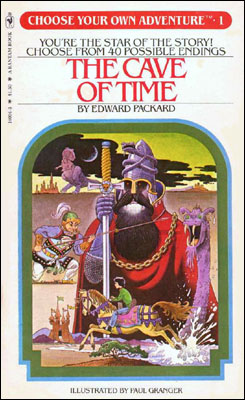One of the videos I showed last night during my Media Literacy presentation was the recent “David After Dentist” video. The scene is of a seven year old boy who just left the Dentist’s office and was still feeling the effects of sedation. I’ve posted the video to Twitter, and while most people report it to be quite funny, others were more critical of this scene being posted to Youtube for all to see. The original video (posted below) was posted January 30, 2009, and has already been viewed over 7 million times.
Boing Boing, a highly influential group blog, posted the video on September 3. At that time, there had already been a few remixes. Since the Boing Boing mention, the number of remixes has exploded. Two of my favourite are found below:
Remix:
Chad (Vader) After Dentist
There are dozens more!
How does this relate to media literacy? During his state of sedation, the boy asks “is this forever?” While the dad reassures him that it isn’t, in the (digital) media sense, it is forever. Whether the boy likes it or not, he is now an Internet star. The scene will likely follow him into classrooms, into careers, into relationships; it will forever be part of his identity. Whether he accepts his fame as mostly positive (see Gary Brolsma) or especially negative (see Ghyslain Raza) is yet to be seen. What is certain is that the distribution of this video, a piece of David’s identity, is no longer in anyone’s full control.


